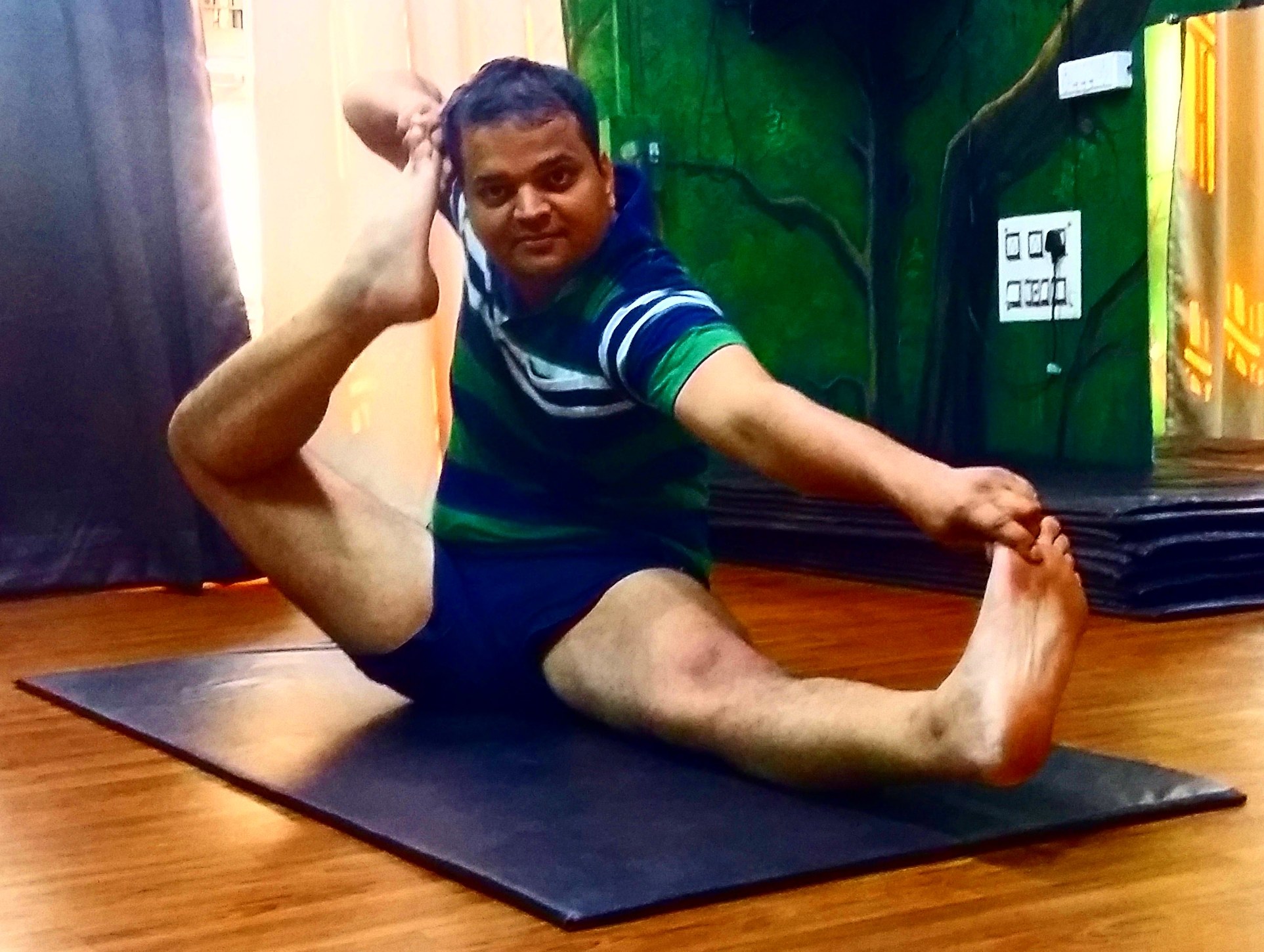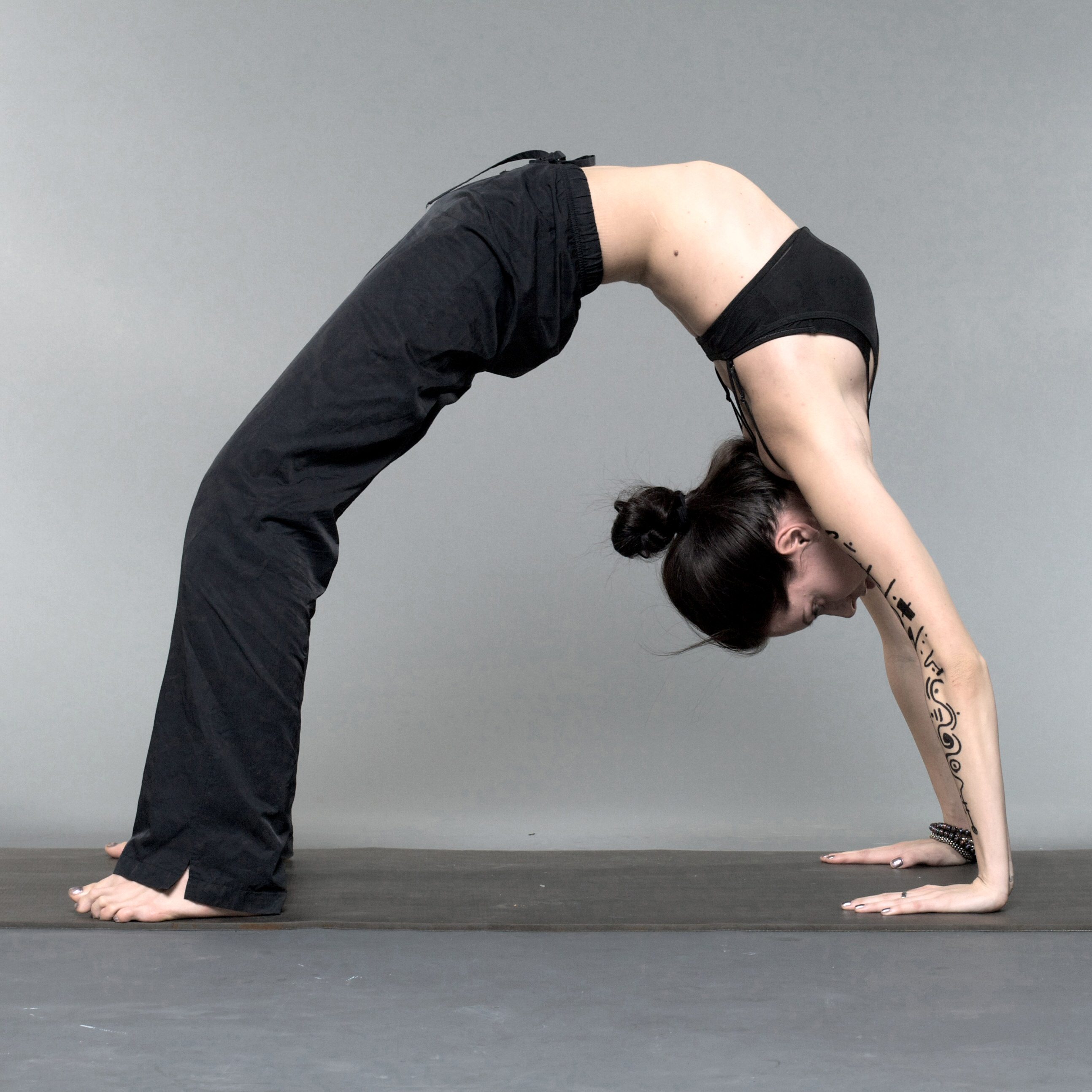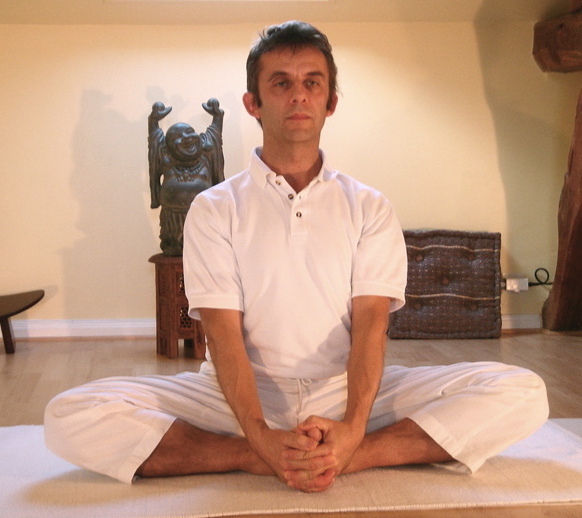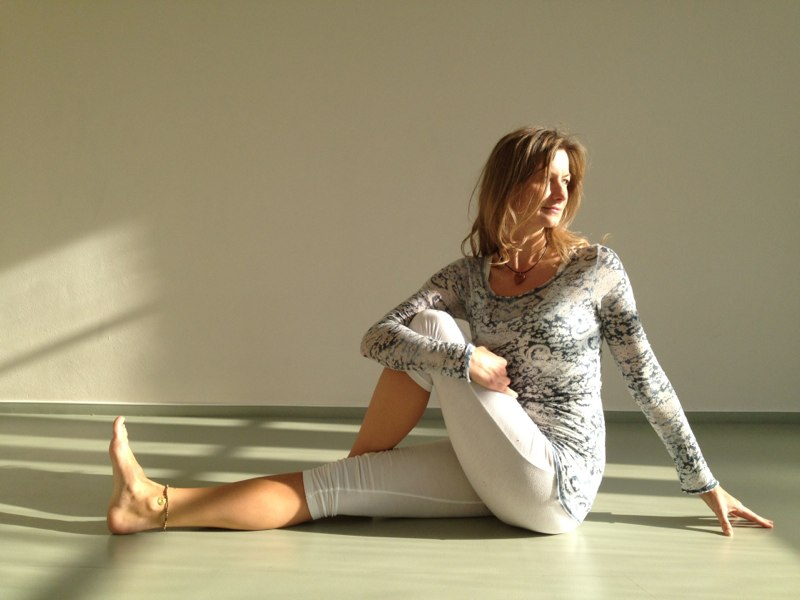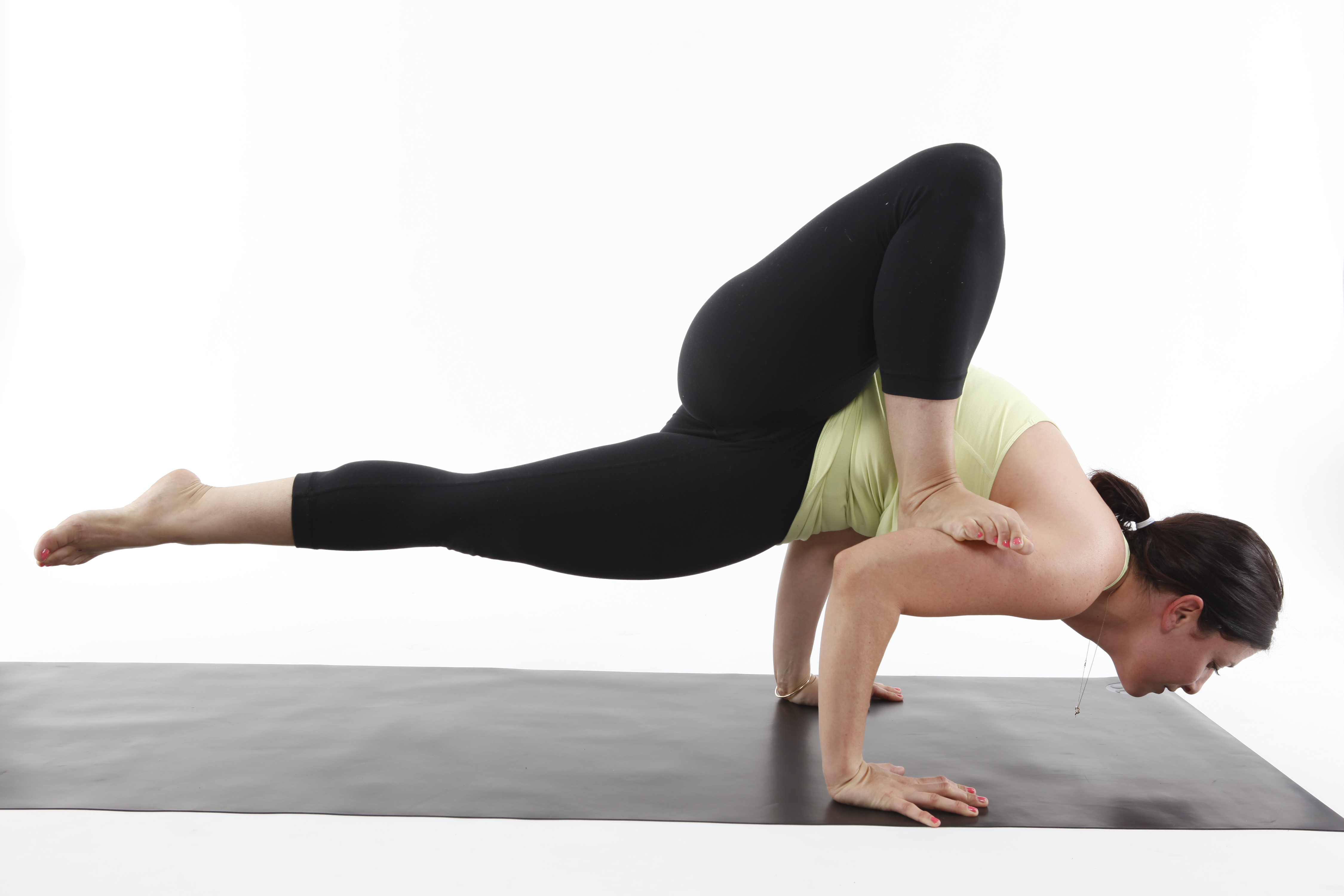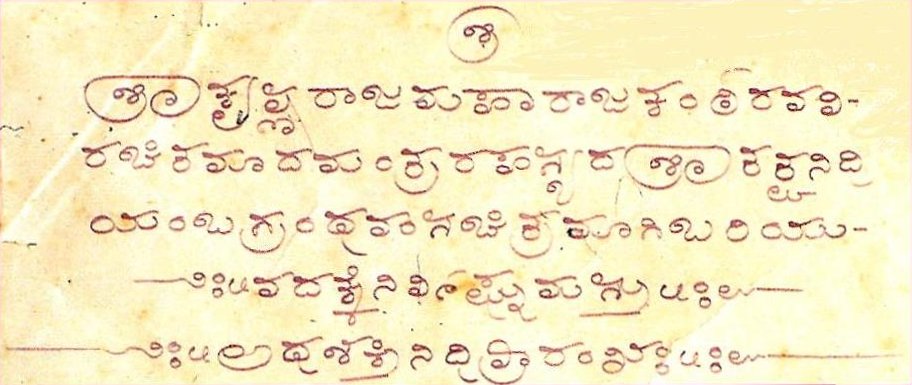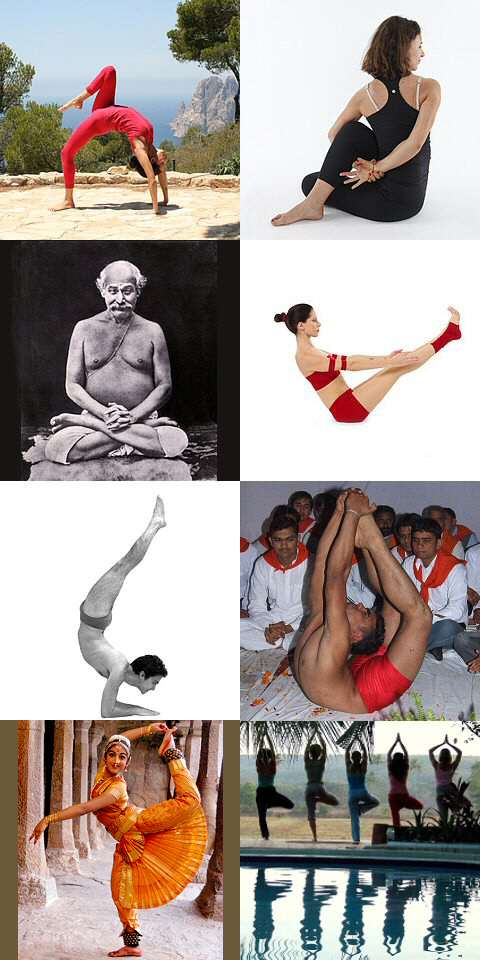|
Akarna Dhanurasana
Akarna Dhanurasana (; ), also called the Archer pose, Bow and Arrow pose, or Shooting Bow pose is an asana in hatha yoga and modern yoga as exercise. The posture resembles an archer about to release an arrow. Etymology and origins The name of the pose is from Sanskrit , "ear" with the prefix ''Ā'', "towards" or "near". means "bow" and means "posture" or "seat". The name alludes to a myth in the Ramayana in which the infant Sita is able to lift Shiva's enormous bow, and when she reaches marriageable age, only Rama is able to wield it, and so become her husband. The asana is described but not named in the 18th century hatha yoga text ''Haṭhābhyāsapaddhati''. Its description of asana no. 51 runs "Grasping the toes of the feet with both hands, he yoginshould touch the big toes, one at a time, on the ears." The pose is shown as ''Dhanurāsana'' in the 19th century ''Sritattvanidhi''. The manuscript uses the description from the ''Haṭhābhyāsapaddhati'', giving it a nam ... [...More Info...] [...Related Items...] OR: [Wikipedia] [Google] [Baidu] |
Light On Yoga
''Light on Yoga: Yoga Dipika'' (Sanskrit: योग दीपिका, "Yoga Dīpikā") is a 1966 book on the Iyengar Yoga style of modern yoga as exercise by B. K. S. Iyengar, first published in English. It describes more than 200 yoga postures or asanas, and is illustrated with some 600 monochrome photographs of Iyengar demonstrating these. The book has been described as the 'bible of modern yoga', and its presentation of the asanas has been called "unprecedented" and "encyclopedic". It has been translated into at least 23 languages and has sold over three million copies. Context Yoga is a group of physical, mental, and spiritual practices from ancient India, forming one of the six orthodox schools of Hindu philosophical traditions. In the Western world, however, yoga is often taken to mean a modern form of medieval Hatha yoga, practised mainly for exercise, consisting largely of the postures called asanas. B. K. S. Iyengar (1918-2014) was born in a poor fami ... [...More Info...] [...Related Items...] OR: [Wikipedia] [Google] [Baidu] |
Urdhva Dhanurasana
Chakrasana () or Urdhva Dhanurasana () is a backbending asana in yoga as exercise. The one-legged variant is often chosen by yoga practitioners who wish to advertise themselves. Etymology and origins The name Chakrasana comes from the Sanskrit words ''chakra'', "wheel", and , "posture" or "seat". The name Urdhva Dhanurasana comes from the Sanskrit , upwards, and , a bow (for shooting arrows). The pose is illustrated in the 19th century ''Sritattvanidhi'' as ''Paryaṇkāsana'', Couch Pose. Description In the general form of the asana, the practitioner has hands and feet on the floor, and the abdomen arches up toward the sky. It may be entered from a supine position or through a less rigorous supine backbend, such as Setu Bandha Sarvangasana (Bridge Pose). Some advanced practitioners can move into Wheel Pose by "dropping back" from Tadasana (Mountain Pose), or by standing with the back to a wall, reaching arms overhead and walking hands down the wall toward the floor. Adva ... [...More Info...] [...Related Items...] OR: [Wikipedia] [Google] [Baidu] |
Dhanurasana
Dhanurasana () is a back bending ''asana'' in ''hatha yoga'' and modern yoga as exercise. Etymology and origins The name comes from the Sanskrit words () meaning " bow", and () meaning "posture" or "seat". A similar pose named Nyubjasana, "the face-down asana", is described and illustrated in the 19th century ''Sritattvanidhi''. The pose is illustrated in half-tone in the 1905 '' Yogasopana Purvacatuska'' and named Dhanurāsana, quoting the ''Gheranda Samhitas description. It is unclear whether the asana is medieval, as although the name is used, the intended pose might be the sitting Akarna Dhanurasana rather than this backbend. The account of Dhanurasana in the 15th century ''Hatha Yoga Pradipika'' is ambiguous about whether the pose is reclining or sitting, stating The 17th century ''Gheranda Samhita'' is similarly ambiguous, stating Dhanurasana is used in the classical Indian dance form Bharatanatyam. Description From a prone position, the feet are grasped to li ... [...More Info...] [...Related Items...] OR: [Wikipedia] [Google] [Baidu] |
Baddha Konasana
Baddha Konasana (; IAST: ), Bound Angle Pose, Butterfly Pose, or Cobbler's Pose (after the typical sitting position of Indian cobblers when they work), and historically called Bhadrasana, Throne Pose, is a seated asana in hatha yoga and modern yoga as exercise. If the knees rest on the floor, it is suitable as a meditation seat. Etymology and origins The name comes from the Sanskrit words , meaning "bound", , meaning "angle", and , meaning "posture" or "seat". The name Baddha Konasana is relatively recent, but the pose is medieval, as the meditation seat Bhadrasana (from , "throne") is described in the 15th century '' Haṭha Yoga Pradīpikā'' 1.53-54. Description From sitting position with both the legs outstretched forward, hands by the sides, palms resting on the ground, fingers together pointing forward, the legs are hinged at the knees so the soles of the feet meet. The legs are grasped at the ankles and folded more until the heels reach the perineum. The knees ... [...More Info...] [...Related Items...] OR: [Wikipedia] [Google] [Baidu] |
Marichyasana
Marichyasana (; , the pose of the sage Marichi) is a sitting twist asana in modern yoga as exercise, in some forms combined with a forward bend. Etymology and origins The name of the pose is from Sanskrit Marichi, the name of a sage in Hindu mythology, and , , meaning posture or seat. The pose is not found in medieval hatha yoga texts, but is described in Krishnamacharya's 1934 ''Yoga Makaranda'' and in the teaching of his pupils, B. K. S. Iyengar and Pattabhi Jois. Description This twisting asana is normally performed sitting. In Marichyasana I, one leg is stretched out straight ahead of the body, the other is bent with the sole of the foot on the floor and the knee up beside the body. The body is twisted towards the side with the straight leg, and the arms are clasped behind the back and around the raised knee. The body may then lean forwards until the nose and chin touch the straight leg. Variations In Marichyasana II, the leg on the ground is folded as for padmasa ... [...More Info...] [...Related Items...] OR: [Wikipedia] [Google] [Baidu] |
Yoga Journal
''Yoga Journal'' is a website and digital journal, formerly a print magazine, on yoga as exercise founded in California in 1975 with the goal of combining the essence of traditional yoga with scientific understanding. It has produced live events and materials such as DVDs on yoga and related subjects. The magazine grew from the California Yoga Teachers Association's newsletter, which was called ''The Word''. ''Yoga Journal'' has repeatedly won Western Publications Association's Maggie Awards for "Best Health and Fitness Magazine". It has however been criticized for representing yoga as being intended for affluent white women; in 2019 it attempted to remedy this by choosing a wider variety of yoga models. The magazine was acquired by Outside in 2020. Beginnings ''Yoga Journal'' was started in May 1975 by the California Yoga Teachers Association (CYTA), with Rama Jyoti Vernon as President, William Staniger as the founding editor, and Judith Lasater on the board and serving as ... [...More Info...] [...Related Items...] OR: [Wikipedia] [Google] [Baidu] |
Gouache
Gouache (; ), body color, or opaque watercolor is a water-medium paint consisting of natural pigment, water, a binding agent (usually gum arabic or dextrin), and sometimes additional inert material. Gouache is designed to be opaque. Gouache has a long history, having been used for at least twelve centuries. It is used most consistently by commercial artists for posters, illustrations, comics, and other design work. Gouache is similar to watercolor in that it can be rewetted and dried to a matte finish, and the paint can become infused into its paper support. It is similar to acrylic or oil paints in that it is normally used in an opaque painting style and it can form a superficial layer. Many manufacturers of watercolor paints also produce gouache, and the two can easily be used together. Description Gouache paint is similar to watercolor, but it is modified to make it opaque. Just as in watercolor, the binding agent has traditionally been gum arabic but since the la ... [...More Info...] [...Related Items...] OR: [Wikipedia] [Google] [Baidu] |
Chromolithography
Chromolithography is a method for making multi-colour printmaking, prints in lithography, and in theory includes all types of lithography that are printed in colour. However, in modern usage it is normally restricted to 19th-century works, and the higher quality examples from that period; almost all 21st-century colour printing uses lithography, but would not be described using the term chromolithography. When chromolithography is used to reproduce photographs, the term photochrome is frequently used. Lithography is a method of printing on flat surfaces using a flat printing plate instead of raised Relief print, relief or recessed Intaglio (printmaking), intaglio techniques."Chromolithography and the Posters of World War I." ''The War on the Walls''. Temple University. 11 April 2007. . Chromolithography became the most successful of several methods of color printing, colour printing developed in the 19th century. Other methods were developed by printers such as Jacob Christoph ... [...More Info...] [...Related Items...] OR: [Wikipedia] [Google] [Baidu] |
Sritattvanidhi
The ''Sritattvanidhi'' (, "The Illustrious Treasure of Realities") is a treatise written in the 19th century in the Mysore Palace, Karnataka on the iconography and iconometry of divine figures in South India. One of its sections includes instructions for, and illustrations of, 122 hatha yoga postures. Authorship The ''Sritattvanidhi'' is attributed to the then Maharaja of Mysore, Krishnaraja Woḍeyar III (b. 1794 - d. 1868). The Maharaja was a great patron of art and learning, and was himself a scholar and writer. Around 50 works are ascribed to him. The first page of the ''Sritattvanidhi'' attributes authorship of the work to the Maharaja himself: Martin-Dubost's review of the history of this work says that the Maharaja funded an effort to put together in one work all available information concerning the iconography and iconometry of divine figures in South India. He asked that a vast treatise be written, which he then had illustrated by miniaturists from his palace. ... [...More Info...] [...Related Items...] OR: [Wikipedia] [Google] [Baidu] |
Asana
An āsana (Sanskrit: आसन) is a body posture, originally and still a general term for a sitting meditation pose,Verse 46, chapter II, "Patanjali Yoga sutras" by Swami Prabhavananda, published by the Sri Ramakrishna Math p. 111 and later extended in hatha yoga and modern yoga as exercise, to any type of position, adding reclining, standing, inverted, twisting, and balancing poses. The ''Yoga Sutras of Patanjali'' define "asana" as " position thatis steady and comfortable". Patanjali mentions the ability to sit for extended periods as one of the eight limbs of his system. Patanjali '' Yoga sutras'', Book II:29, 46 Asanas are also called yoga poses or yoga postures in English. The 10th or 11th century '' Goraksha Sataka'' and the 15th century '' Hatha Yoga Pradipika'' identify 84 asanas; the 17th century '' Hatha Ratnavali'' provides a different list of 84 asanas, describing some of them. In the 20th century, Indian nationalism favoured physical culture in response t ... [...More Info...] [...Related Items...] OR: [Wikipedia] [Google] [Baidu] |
Wellcome Collection
Wellcome Collection is a museum and library based at 183 Euston Road, London, England, displaying a mixture of medical artefacts and original artworks exploring "ideas about the connections between medicine, life and art". Founded in 2007, the Wellcome Collection attracts over 550,000 visitors per year. The venue offers contemporary and historic exhibitions and collections, the Wellcome Library, a café, a bookshop and conference facilities. In addition to its physical facilities, Wellcome Collection maintains a website of original articles and archived images related to health. History and development Wellcome Collection is part of the Wellcome Trust, founded by Sir Henry Solomon Wellcome (1853–1936). An extensive and enthusiastic traveller, Henry Wellcome amassed a huge collection of books, paintings and objects on the theme of historical development of medicine worldwide. There was an earlier Wellcome Historical Medical Museum at 54a Wigmore Street, housing artefacts fro ... [...More Info...] [...Related Items...] OR: [Wikipedia] [Google] [Baidu] |
